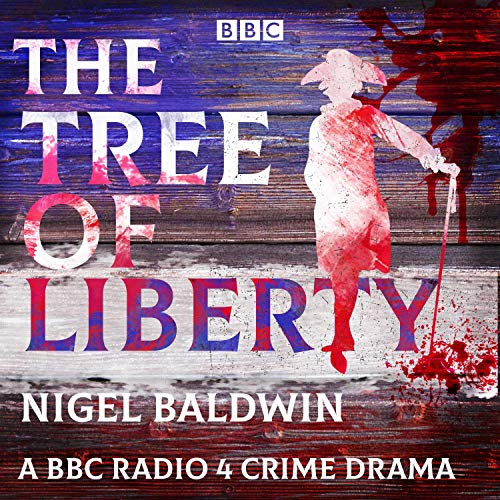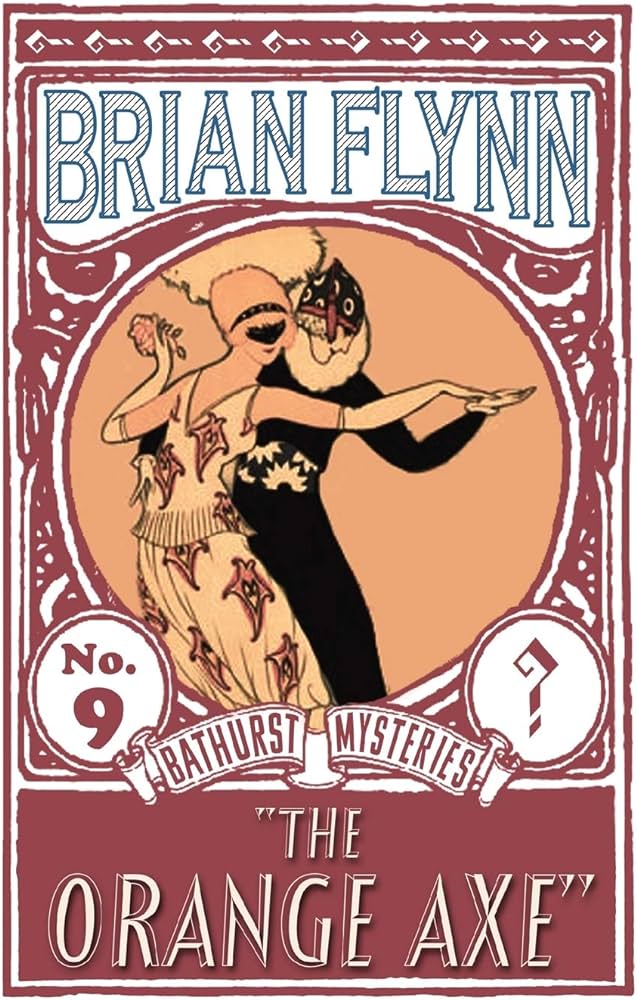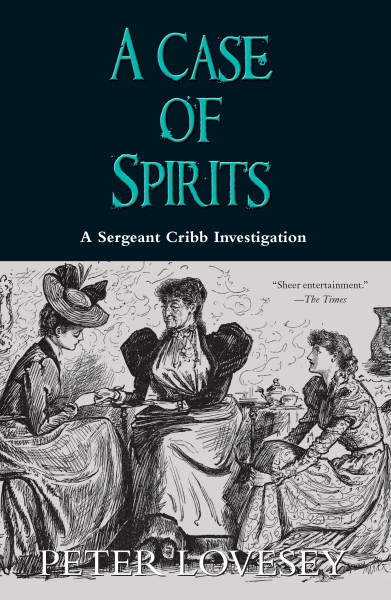
Originally Published 1935
For Miss Cordell, principal of Persephone College, there are two great evils to be feared: unladylike behaviour among her students and bad publicity for the college.
So her prim and cosy world is turned upside down when a secret society of undergraduates meets by the river on a gloomy January afternoon only to find the drowned body of the college bursar floating in her canoe.
The police assume that a student prank got out of hand, but the resourceful Persephone girls suspect foul play,and take the investigation into their own hands. Soon they uncover the tangled secrets that led to the bursar’s death and the clues that point to a fellow student.
Death on the Cherwell was the second of three mystery novels written by Mavis Doriel Hay in the mid-1930s, all of which were reprinted a few years ago as part of the British Library Crime Classics range.
I previously read and reviewed Murder Underground, the first of her novels but found it to be a frustrating read in the way it blended (or rather, failed to blend) its comical and mystery elements into a plot. Still, I owned Death on the Cherwell already and felt that it was worth giving the book and the author another chance to impress.
The novel opens with four students gathering on top of a building to discuss their shared loathing of their college’s bursar, Ms. Denning. They form a secret society where they can share their complaints and frustrations about her. As they talk they notice a canoe drifting down river and the very person they were talking about lies dead inside having drowned. The problem is that if she drowned as a result of an accident how did she come to get back in the boat?
As introductions for murder victims go, having your corpse drift slowly down a river is fairly memorable while also serving to reinforce that university setting. At the same time, the situation is genuinely mystifying, in part because the manner of discovery is so suggestive of murder when you consider that were the body not in the boat the assumption would have been accidental drowning.
The four girls decide to play sleuth and start looking into the death on their own, inspired by the exploits of one of their cousins. Now, when I had read Hay’s previous novel, Murder Underground, I had assumed that it was a one-off novel so I was surprised to discover that two characters from that novel make extended “guest” appearances here. I can only assume that Hay intended to create a Marvel-like Pongleton Extended Universe with Betty and Basil serving as Nick Fury and Agent Coulson-type characters…
The tone of the investigation, much like that previous novel, is often quite comical. Betty and Basil do end up making pretty significant contributions to the story and contribute a light and breezy tone to the proceedings. While I felt this often worked against the premise of Murder Underground, coming off as callous given the characters’ relationships to the deceased, here it fits much better. Indeed I found myself wishing that more time was spent following their somewhat amateurish efforts rather than the somewhat drab and lifeless police investigation portion of the narrative.
This procedural element feels, in contrast to the adventures of the Pongletons and company, to be simultaneously detail-focused and lacking in energy. We traipse up and down the banks of the Cherwell, following a grumpy farmer and spend lots of time tracking movements. I often like those types of detail-driven detective stories (I do, after all, enjoy the adventures of Inspector French) but I found little to excite or interest me here because for much of the book there seems to be little progress being made.
This weakness in the middle section of the novel feels particularly disappointing because the plot’s ultimate destination and explanation of the circumstances behind that death are really quite interesting. Hay clues these developments fairly but I think the relevance of those clues passed me by as I allowed myself to be distracted by some other aspects of the story. This made for quite a satisfying reveal and certainly one of the more memorable resolutions to a Golden Age mystery I have encountered for quite some time.
Fortunately while the mystery elements drag in this section of the book, I found other aspects of the story’s setting to be appealing enough to keep me going. For instance, the characters Hay creates to populate her book with are all pretty recognizable university types of the era and certainly help to ground the action in its Oxford setting. There is a little bit of conflict between town and gown to navigate and some jokes are directed at the students who are studying English Literature and Language because they lack any other passion to pursue.
One aspect of the book that seems to trouble some readers is the portrayal of an Eastern European student who comes under suspicion for basically being foreign in England. While I can see that there are definitely some stereotypes at play, I feel Hay ultimately punctures them later in the story and in the process she shows that character to be a little more developed than she initially appears.
Perhaps my favorite sequence in the novel doesn’t really have anything to do with the mystery at all. It involves a character who has produced a (very!) slim volume of poetry that he is endeavoring to sell through the local bookstore. We are told that students and dons alike have got into the habit of reading entire books while in the shop itself and this character has developed a rather elaborate plan to make sure his copies actually sell. This sequence is handled with a wonderfully light touch and it is probably the thing I will retain longest from this book.
So when it comes to evaluating this novel I am left with a bit of a problem. While Death on the Cherwell starts and finishes well, the middle meanders and is mostly forgettable as a mystery, even if I found other parts of the story that appealed to me. As a result I am a little uncertain about how I feel about it. I certainly found it to be a more entertaining and balanced read than its predecessor and I found its university setting to be pretty appealing but were I reading this purely for the mystery I would probably have given up and not reached the ending.
As things stand though I have bought the final of Hay’s mysteries and will be curious to see how that compares (and if it also fits into the Pongleton universe).
Vintage Mysteries Challenge: Death by drowning (How)




Leave a comment